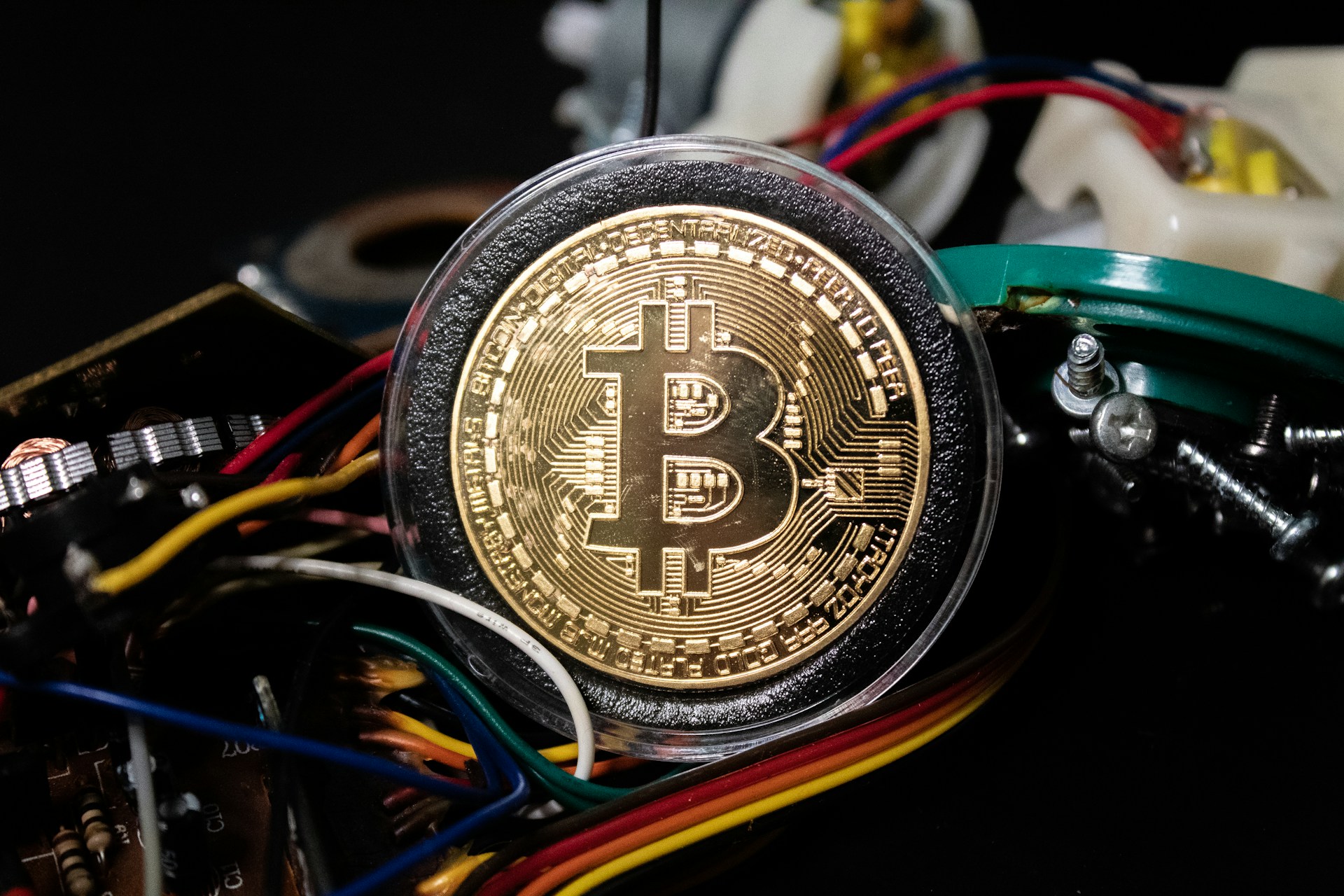Bitcoin (BTC) is on the upswing again after a short-lived -20% drawdown, surpassing $50,000 this morning. The price gains are reflective of an unprecedented amount of assets flowing into spot-backed ETFs, as well as the upcoming halving event that will slash the issuance of new BTC from mid-April onwards. This halving occurs once every four years (or 210,000 blocks in Bitcoin time) and typically correlates with a rise in Bitcoin’s price due to the fact that miners – the recipients of newly-generated BTC – will no longer be able to sell as much as they had in the previous cycle.
The computing power expended by miners to secure the Bitcoin network and acquire BTC (known as the hash rate) has grown exponentially throughout the past two years, irrespective of an extended bear market throughout 2022 and part of 2023. The hash rate touched an all-time high on February 7 and is likely to continue rising with more than a gigawatt of new hardware capacity in the pipeline. Though breakeven prices are likely to rise for miners after the halving, most should be able to remain profitable with BTC/USD at its current level.
Related ETF & Assets: Valkyrie Bitcoin Miners ETF (WGMI), Bitcoin (BTC-USD)
The unit price of Bitcoin (BTC), priced in USD, surpassed $50,000 on Monday, breaking out to a 26-month high and wiping out a more than -20% drawdown experienced in the wake of spot-backed ETF launches on January 11. Though the initial launch of the various funds from asset managers including BlackRock and Fidelity proved to be a “sell-the-news” event, the first month of trading saw several of the ETFs bring in record-breaking sums of volume and AUM. Moreover, net inflows into the funds have begun to accelerate significantly throughout the past week. MRP highlighted several of these metrics in our most recent Weekly Crypto Wrap.
As we have noted in previous reports, the ETFs have opened up a new avenue of access for investment managers that may have previously been hesitant to allocate toward Bitcoin and cryptocurrencies. Moreover, that institutional demand could begin coming into the market just as the generation of new BTC is about to be halved in April – a supply shock that typically leads to a significant rise in the price of Bitcoin.
Explaining Bitcoin Mining, Recent On-Chain Trends
In the simplest terms, The Bitcoin network is a public ledger of totally verifiable transactions. The currency in which this ledger is denominated is Bitcoin (BTC) and its “accounting system” is referred to as a blockchain. Each Bitcoin transaction is loaded into a “block” which stores all of the data regarding that transaction. Mining is the process by which these blocks of transactions are verified and added to the database, or “chain”, of previous transactions that forms the immutable ledger. Hence, we have the blockchain.
Miners, who dedicate computing power to secure the Bitcoin network and generate blocks of transactions, which are then added to the blockchain, are also the network participants on the receiving end of…
To read the complete Intelligence Briefing, current All-Access clients, SIGN IN All-Access clients receive the full-spectrum of MRP’s research, including daily investment insights and unlimited use of our online research archive. For a free trial of MRP’s All-Access membership, or to save 50% on your first year by signing up now, CLICK HERE










